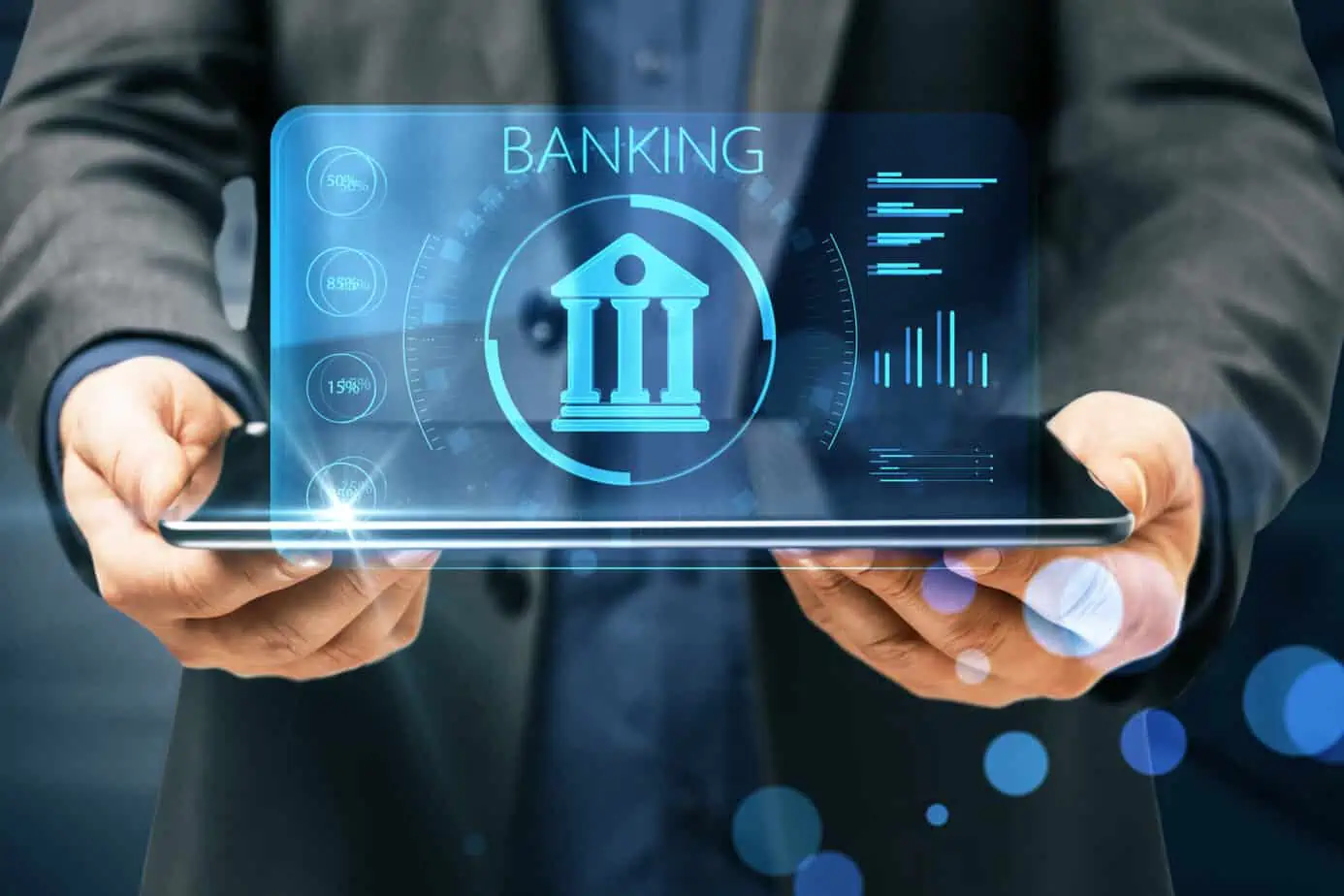Realtime payments have been a hot topic in the financial service industry. Many jurisdictions across the globe have already implemented faster payments, and various other nations are currently in the implementation phase. This has put plenty of pressure on US markets to modernize an outdated payment infrastructure. Realtime payments are critical because of their speed, which is a fundamental demand in today’s market.
Realtime Payment Application
The process of sending data files and other information across the internet to different parts of the world is nothing new. For a long time, users have enjoyed the option to share media files almost instantly. However, when it comes to sending money across the world, the process can be painstakingly long. Now, proponents of blockchain technology are arguing that cryptocurrency transfers solve this problem.
But before one makes that argument, it is important to note that there are about 1900 payment systems in the world. Out of these, less than 2% are connected. Visa banking networks and MasterCard networks all come with a single payment system. So it’s fair to say that there’s quite a disparity in terms of the world’s payment networks.
Even locally, users can’t make instant payments from one network to the other. Instead, they have to hop across different methods. Sometimes, those methods can be dead ends that prevent them from conducting a financial transaction while ensuring that no user goes off the trail. Today, if a person wants to send money from one point to the other, they’ll face a number of difficulties.
Solves Problems with the Floor Price
The world has put a floor price on how much you can send from one part of the world to the other digitally. This means international transactions will have a minimum limit on how much you can send. In international transactions, the floor price is typically around 200 dollars. In most cases, sending less than 200 dollars can be very expensive.
People who want to transfer 500 dollars often have to pay transaction fees as high as 15 dollars. And if the recipient needs the money in a day, you may end up paying more in transaction fees than the amount you initially wanted to send. This is where the equation fails and reveals flaws within the system.
For cross border transactions, people should be able to send an amount without worrying about the fees. High transaction fees are just one part of the problem when making international payments. The other part of the problem is that this transaction is not instantaneous. If a person needs to send a small amount of money quickly, they can’t do so in realtime without paying costly transaction fees and facing long waiting hours.
Benefits of Peer-to-Peer Realtime Transactions
Realtime payments solve a variety of problems. The inherent ecosystem of P2P remittances is about 600 billion, but it currently has a floor price of $200. And if you wanted to make a payment of less than $200, the peer-to-peer payment ecosystem for such a transaction is almost non-existent. Once the ecosystem supports realtime P2P payments for amounts below 200 dollars, this sector of the market could increase by tenfold. This is especially if the transaction fee is a fraction of the amount they’re sending.
People are starting to see a rapid increase in the adoption of realtime payments, and this growth is due to the benefits realtime payment systems provide. This growth in realtime payments will likely lead to the next stage in which banks will start offering more products and services to customers. These overlay services will largely define why a customer would want to use realtime options in the first place.
In some countries, you will find growth to be a little slower than predicted; however, instant payments becoming the new normal is inevitable. This system enhances the flow of payments, making it easier for companies to scale and grow at an astounding rate. Since it also makes small-sized transactions easier, it can encourage growth for small businesses that sell low-value products.
The pace of change in this day and age is reflected through the pace of transactions. Many innovations in the technology space begin with consumer experience. Therefore, one of the key benefits of realtime payments is the fact that they can enhance customer experience.
It is also a technology that paves the way for globalization. The ability to instantly send money around the world is leading to high client expectations when it comes to realtime payments. With realtime payments, networks and companies can also bring in a wealth of data that you do not observe with other payment types.
Realtime Payment Adoption and Roadmap
Currently, realtime payments are primarily considered peer-to-peer transactions, and banks need to jump on the bandwagon if they want to keep up. Many small and mid-sized banks lack the technology to support realtime payments. Consequently, preparing themselves to introduce a quick and effective payment system will take time.
Similarly, bringing about a change is difficult for other payment gateways. Nevertheless, interfaces need the capability to try something new if current systems don’t work. Entities need to realize that this is more of an incremental innovation strategy rather than a disruptive one.
Many banks and companies have moved to a cloud-based infrastructure, and this is a great step to increase compatibility with realtime payments. This is why many companies today are shifting to a cloud-based infrastructure and deployment.
Final Thoughts
The visibility that realtime payments bring to customers and retailers, along with convenience and ease, is going to enhance the business world. It will allow companies to personalize experiences and increase customer retention.

